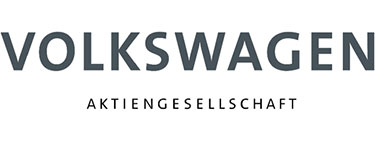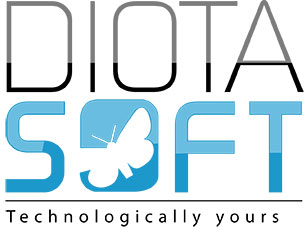Non-Parametric Camera-Based Calibration of Optical See-Through Glasses for Augmented Reality Applications
SCHEDULE INFORMATION
| Event Title | Room | Start | End |
|---|---|---|---|
| Posters Presentation - Batch 1 | Magistrale | 10 Sep, 2014 03:15 PM | 10 Sep, 2014 03:45 PM |
Contributors:
Martin Klemm
Contributors:
Harald Hoppe
Contributors:
Fabian Seebacher 
















